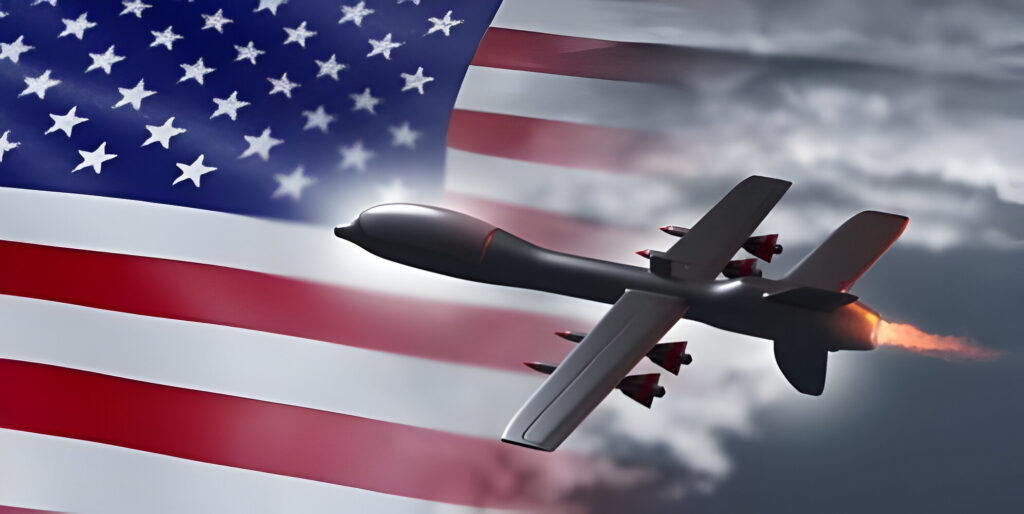In an era where security is paramount, the utilization of safeguarding america’s skies has emerged as a pivotal strategy in safeguarding the nation’s borders, infrastructure, and citizens. This article delves into the various facets of drone surveillance, exploring its applications, benefits, challenges, and future landscape.
Understanding Surveillance Drones
Surveillance drones, also known as uncrewed aerial vehicles (UAVs), are aircraft operated remotely by human operators. These drones are equipped with advanced technologies such as cameras, sensors, and GPS systems, allowing them to capture real-time images and data from vantage points that are often inaccessible or hazardous to humans.
Drones Surveillance in America, the Beginning
Since their inception, surveillance drones have played a crucial role in enhancing national security efforts in America. Initially deployed for military reconnaissance missions, their utility has expanded significantly to encompass civilian applications, including law enforcement, disaster response, and infrastructure monitoring.
The Evolution of Drone Technology
Origins of Drone Technology
Drones, also known as Unmanned Aerial Vehicles (UAVs), trace their origins back to the early 20th century. Initially developed for military surveillance, these early drones laid the foundation for modern aerial technology.
Drones have since evolved into multifunctional devices, finding applications across various industries, including agriculture, filmmaking, and emergency services.
Advancements in Drone Design
With materials science and engineering advancements, drone design has revolutionized. Today’s drones are lighter, more durable, and have advanced features such as GPS navigation and obstacle avoidance systems.
Integration of Artificial Intelligence
Artificial Intelligence (AI) plays a pivotal role in the evolution of drone technology. AI-powered drones can autonomously navigate complex environments, analyze data in real time, and perform tasks with unparalleled accuracy.
Applications Across Industries
The versatility of drones has led to their widespread adoption across diverse industries. In agriculture, drones are used for crop monitoring and precision agriculture, optimizing yields and reducing environmental impact.
In the construction sector, drones facilitate site surveys, progress monitoring, and safety inspections, enhancing efficiency and minimizing risks.
Advancements in UAV Capabilities
Integration of Artificial Intelligence
Miniaturization and Stealth Technology
Applications of Drone Surveillance in America

Surveillance drones are deployed across various sectors to enhance situational awareness, streamline operations, and mitigate security risks. Here are some prominent applications:
Border Security and Law Enforcement
Critical Infrastructure Protection
Disaster Response and Search & Rescue Operations
Environmental Monitoring and Wildlife Conservation
Challenges and Concerns (Safeguarding America’s Skies)
While drone surveillance offers manifold benefits, it also raises significant ethical, legal, and technical challenges:
Privacy Concerns and Civil Liberties
Regulatory Framework and Compliance
Cybersecurity Vulnerabilities
Public Perception and Acceptance
Future Outlook

Despite the challenges, the future of drone surveillance in America appears promising. Continued advancements in technology, coupled with stringent regulations and ethical considerations, will shape the trajectory of UAV deployment in the following ways:
Enhanced Autonomy and Integration
Collaborative Efforts and Interagency Cooperation
Ethical Guidelines and Transparency Measures
FAQs (Frequently Asked Questions)
- How are surveillance drones regulated in America?
- Surveillance drones in America are regulated by the Federal Aviation Administration (FAA), which oversees their operation through guidelines and licensing requirements.
- What measures are in place to address privacy concerns related to drone surveillance?
- To address privacy concerns, strict regulations govern the use of surveillance drones, including limitations on surveillance activities and data collection, as well as transparency and accountability measures.
- Are surveillance drones equipped with night vision capabilities?
- Yes, many surveillance drones are fitted with night vision and infrared technology, allowing them to operate effectively in low-light conditions.
- Can surveillance drones be hacked or intercepted?
- While surveillance drones are equipped with cybersecurity measures, they are not immune to hacking or interception. Efforts are ongoing to enhance drone cybersecurity and encryption protocols.
- How do surveillance drones contribute to disaster response efforts?
- Surveillance drones play a vital role in disaster response by providing real-time aerial imagery and data to first responders, aiding in damage assessment, search and rescue operations, and logistical planning.
- What role do surveillance drones play in wildlife conservation?
- Surveillance drones are utilized in wildlife conservation efforts for monitoring endangered species, tracking poaching activities, and conducting ecological surveys in remote or inaccessible areas.
Conclusion:
Surveillance drones in America represent a paradigm shift in security and surveillance practices, offering unprecedented capabilities to enhance safety, protect critical infrastructure, and mitigate risks. As technology continues to evolve and regulations adapt, the integration of drone surveillance will undoubtedly shape the future landscape of security and public safety.


